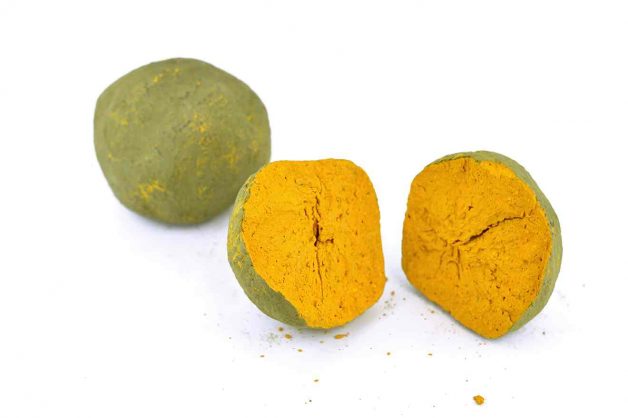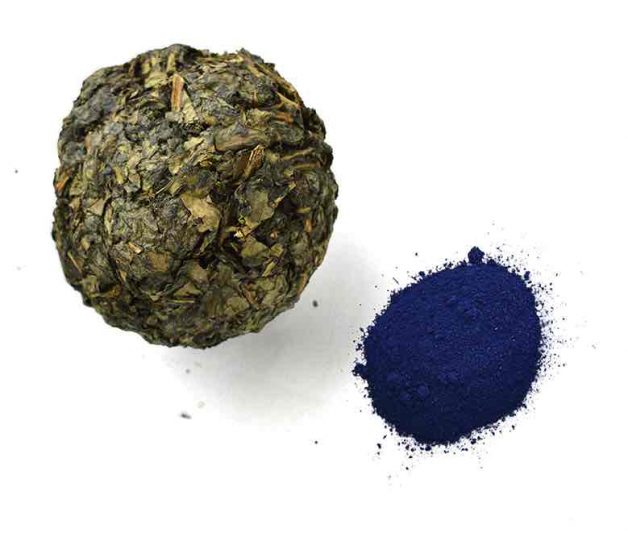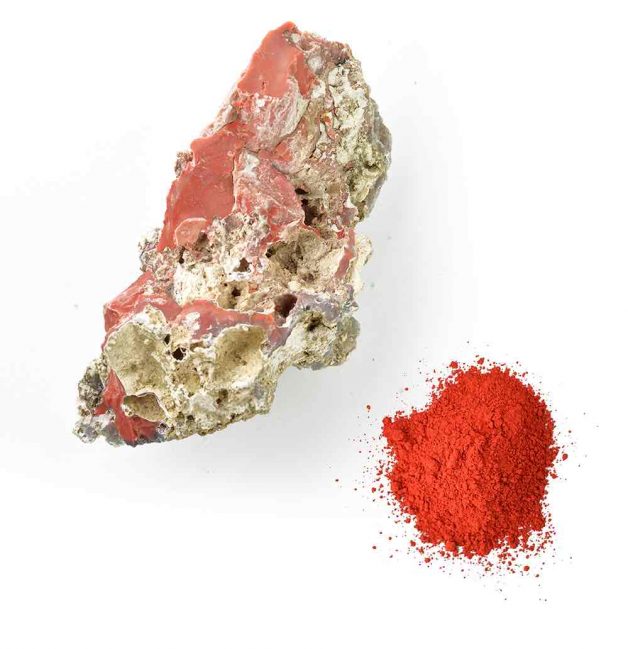Chromatopia – A History of Colour
A new exhibition in Melbourne curated by paint-maker David Coles tracks the history of over 200 pigments – some deadly, some revolting, and some so rare and expensive they are no longer in circulation. The exhibition also features the strange world of modern colours – those that can only be seen when touched, for instance, or are invisible in sunlight.
It is accompanied by 30 works from around the world which showcase how these pure colours are converted into art. ‘Making colour, whether developing the paint or building pigments from scratch, is such an act of creativity,’ Coles says. ‘It’s alchemy, a blend of art and science.’
See full article at the Guardian
On now in Melbourne Australia @ : TACIT Contemporary Art

Indian yellow The ingredients of Indian yellow were a mystery until its secret was revealed in the 19th century. Prepared from the urine of cows fed only mango leaves and made exclusively in the Indian village of Mirzapur, the yellow pigment was refined by heating the liquid and pressing it into round balls.

Woad Closely related to indigo, woad was widely used as a dye in northern Europe as early as the stone age. Famously, it was the colour with which the Celts decorated themselves to face the Roman legions. Made from the leaves of a woad plant, recipes specified that it should be soaked in urine under the heat of the sun and trampled for three days, the fermentation releasing large quantities of ammonia. Far worse, the plant depletes the soil, leaving an infertile wasteland in its wake. Laws were passed in medieval Europe to curb this devastation.

Malachite Found in copper mines alongside its blue cousin azurite, both being ores of copper carbonate. It was believed that malachite could protect against evil spirits, and in Germany it was called a schreckstein or ‘scary stone’, used to frighten away demons. The natural mineral is selected, crushed, ground to a powder then washed, as is done with gold panning. This was an important green of the Renaissance.


